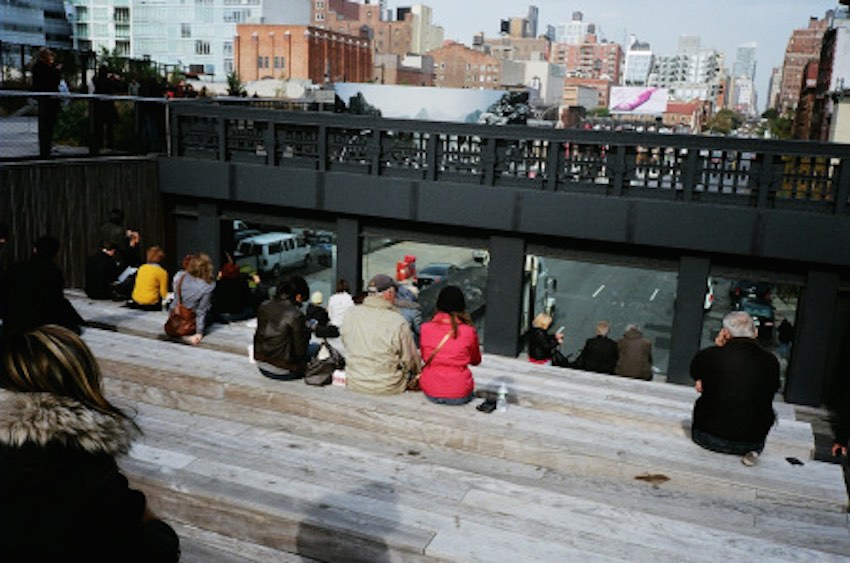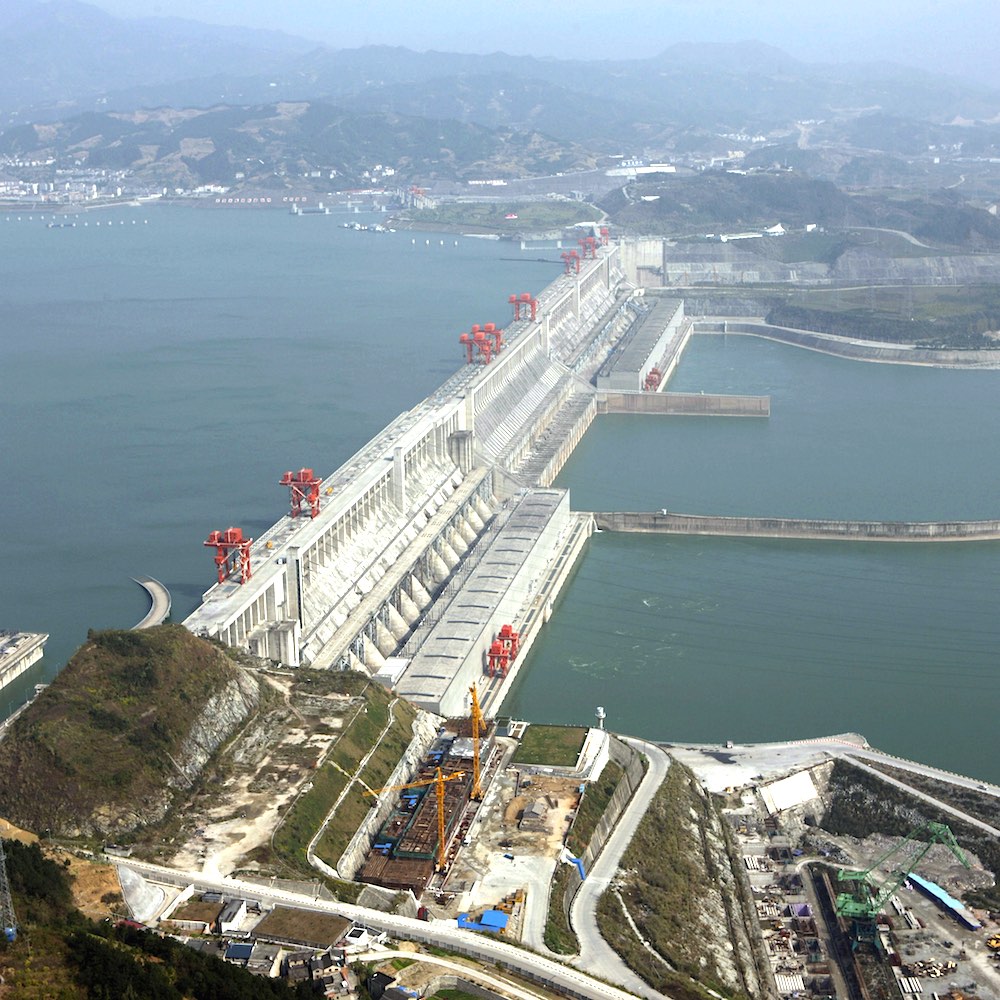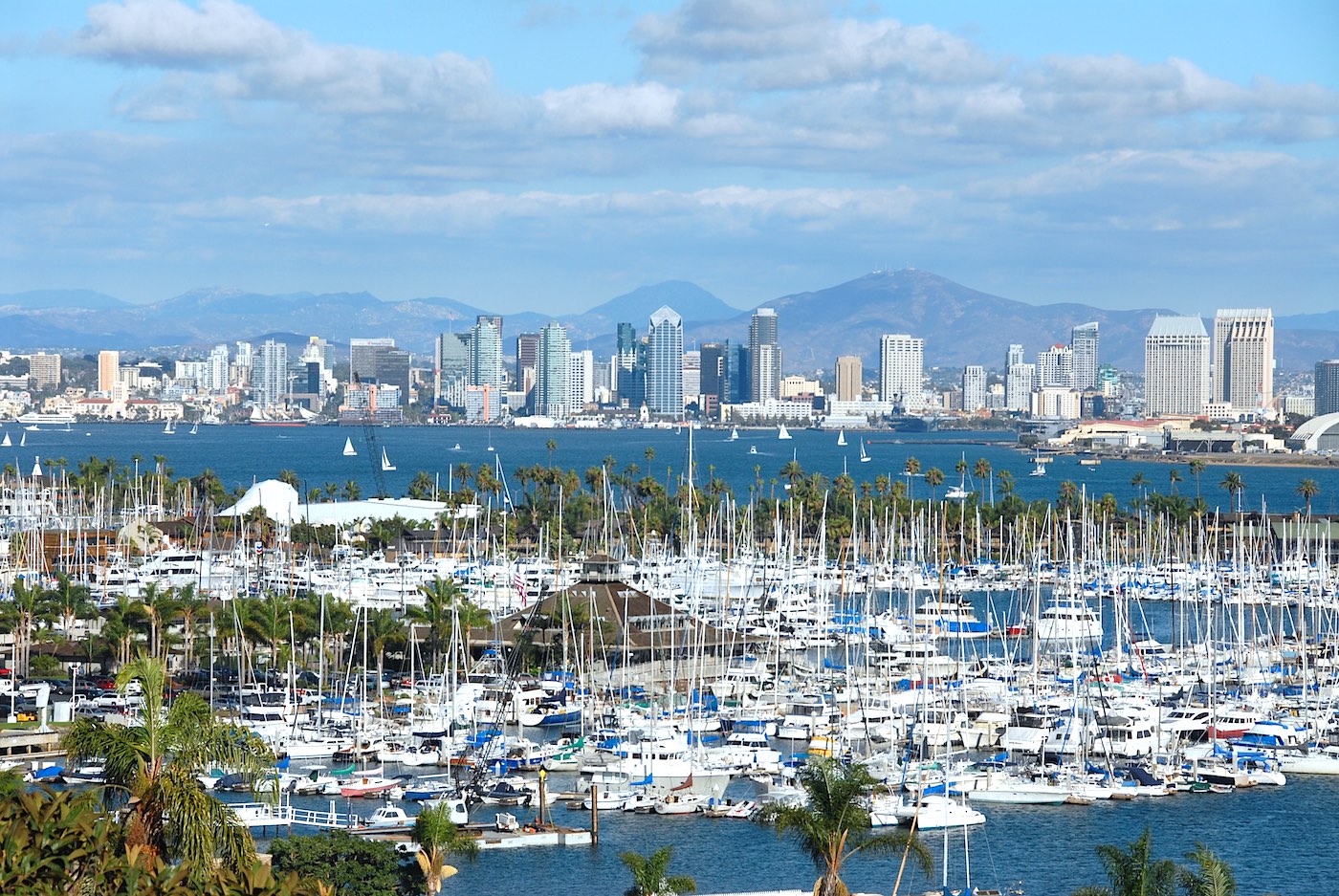Infrastructure can be wielded as a means of promoting the common good or as an institutional weapon of exploitation. While the highways, bridges and dams funded by international economic interests and built in outlying regions like the Amazon play a role that is difficult to conceive of as being anything other than devastatingly exploitative, the public parks and greenways of the world’s major cities also clearly serve economic functions while delivering a variety of benefits to the common good.

Infrastructure can be conceived of as opportunistic and multilayered, serving explicit functions of enabling mobility, energy, and communications – but also potentially prioritising access to light, air, and water: creating open space for social gathering and spatial continuity for ecological habitats. This is true whether infrastructure is regarded as a public space or as private commodity. Semi-public spaces now proliferate in major cities. Of course, the term ‘semi-public space’ is effectively a euphemism for ‘private property’, and while this trend might be criticised, there are also examples of these spaces being used in such a way as to provide alternative commons when the public are denied their right of free access to public space.
For instance, when in New York City the Occupy Wall Street movement was prohibited from gathering in public space on Wall Street itself, the protesters instead inhabited nearby Zuccotti Park. A small granite plaza in close proximity to the New York Stock Exchange, Zuccotti Park is one of over 500 ‘bonus plazas’ built in the city – privately-owned public parks created according to a little-known law established in 1961, the result of a compromise struck between the city and property developers. The law states that should developers desire to build a taller skyscraper than zoning would otherwise allow, they can construct a compensatory plaza that provides ‘light and air’ for passers-by: the taller the building they desire, the bigger the plaza they must build. These bonus plazas are generally required to be open 24 hours a day, barring a safety issue, and they are governed by specific regulations in the zoning law. The law states that the layout of such plazas must provide easy pedestrian circulation throughout the space, and, thereby, promote public use.

Indeed, this was effectively the case at Zuccotti Park from the arrival of protesters there in September 2011 until police forcefully evicted them in a raid two months later. When protesters initially occupied the park the only rules visibly posted there were: ‘No Skateboarding, No Rollerblading, No Bicycling’. Subsequent to their arrival, the owners of the site made public an additional set of rules banning everything from erecting tents and tarps to lying on the benches, although these rules were not enforced until the November police raid. At that time barricades and police presence were established so as to discourage protesters from returning, and those who chose to enter the park were subjected to search and checkpoints monitored by police. This situation persisted until, in January 2012, civil rights groups filed a complaint with the city’s building department, asserting that the barricades were in violation of the city’s zoning law as they restricted public access to the park – stating that by allowing the barricades to exist the city was failing to enforce the law. The barricades were swiftly removed, and open access to the park was once again provided.
From our partners:
The High Line Park in New York, also a ‘semi-public space’, generated controversy when park officials brought in police to arrest an artist – Robert A. Lederman – selling his work there. After his release, Lederman vowed to return to vend his art on the High Line, and he did so – only to be arrested once again by Park Enforcement Patrol officers. The current city administration then stepped in; Lederman was personally contacted by the Parks Commissioner, who informed him that he would not be arrested again, that the charges against him were dropped, and that the Parks Commission had begun developing terms by which to accommodate artists and other vendors on the High Line.

Clearly, the struggle over infrastructure and public space is an ongoing negotiation – in contrast to the relatively amicable outcome in the case of the High Line, following the 6-month anniversary of the Occupy Wall Street Protests hundreds of protesters were again evicted from Zuccotti Park, and 73 arrests were made by police who used batons and tear gas in dealing with the crowd, dramatically illustrating the sometimes emphatic nature of this struggle. Among the perennial questions that persist is under what circumstances the rights of one group or interest are to be diminished by those of another, and whether infrastructure, by virtue of its interoperability, can be an effective means by which to reconcile disparate interests.
As designers, we talk about space, not politics – but we are aware that the two are interrelated. As distinct from visionary cities of the future, we are particularly interested in learning from the urbanising processes at work in the day-to-day creation of real cities and the role of infrastructure in these processes.
“There is always the risk that the designers of infrastructure – whether architect, landscape architect or engineer – become merely technical enablers of narrowly focused interests all too often purely intent on short-term economic gains.”
We might imagine that mega-projects like the Three Gorges Dam in China – which along with the ‘green energy’ it provides has had negative social and environmental impacts that are widely acknowledged – are inherently more harmful than, for instance, the infrastructure needed for internet service.

We believe in the proactive assertion of designers to champion the reality of interests beyond those financially vested in the work. In this regard, it is necessary to acknowledge that the disciplines of architecture, landscape architecture, engineering and construction all operate extensively within the public realm: to reach decisions and to establish finances we have to work with politicians, local citizens, and bureaucracies with quite diverse systems. We must deal with outreach, public opinion, interaction, legal systems, implementation, and compromise.
Our disciplines cannot avoid responding to socio-political contexts. While this situation might be regarded as a liability if design intent is fixed on a single predetermined outcome, it can also be seen as a real opportunity to engage the fluid condition of the city’s evolution – and to develop a mindset that can be characterised as ‘radical contextualism’.
Considering both the historic and contemporary phenomenon of the privatisation of common resources – whether water, air, and light or mobility, energy and communications – infrastructure is fundamental to civilization’s second nature, that body and activity of civilization that provides both connection and buffer between ‘nature’ and ‘city’, and between community interests and individual interests.
Do we, as designers, effectively embrace our conciliatory role in making these resources available to the public? Are we willing to accept our responsibility if we fail to proactively advocate the public good, and design infrastructure that fails – in one way or another – to acknowledge context?
“Now is the time to get a handle on our intentions, compare them with the outcomes of our efforts – and if the two are not convincingly aligned, make a change. Best, a radical one.”
This feature originally appeared in Thinking City.















